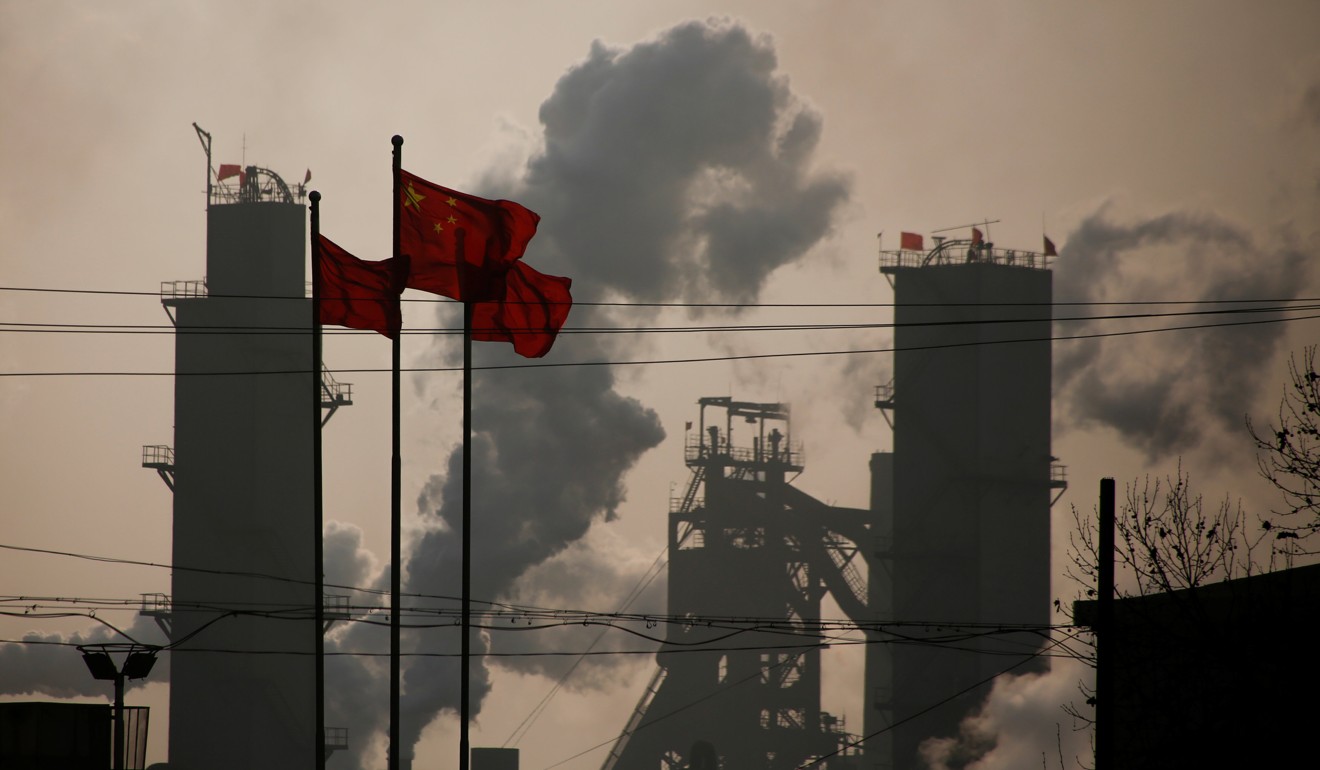
China faces big obstacles to effective carbon trading market – with or without Trump
Beijing still has to explain how carbon credits will be allocated and what rules will govern the system
China has met a self-imposed deadline to launch a much-awaited national carbon trading scheme but there is still a long way to go until the market is up and running to limit emissions of greenhouse gases, according to analysts.
China is the world’s biggest polluter, accounting for a quarter of the globe’s annual greenhouse gas emissions, and its unveiling of the trading scheme on Tuesday counts as a major step, especially with the administration of US President Donald Trump backing away from the climate fight.
Chinese President Xi Jinping promised to launch a national carbon market by the end of 2017 when he met Trump’s predecessor, Barack Obama, two years ago. But the scheme launched this week is only the very first step towards a functional market.
“It will take two more years before any real money will be spent in the market, probably not until 2020 – that’s my judgment,” said Tsinghua University professor Zhang Xiliang, who has advised the government on the scheme.
The initial scheme covers more than 1,700 companies in the power-generation sector – a smaller scale than the original plan to include eight heavy industry sectors. It also lacks concrete plans on how the market will be run, such as how the emission permits will be allocated to the industry.
It will take about a year to complete the building of “infrastructure”, including national systems for reporting data, registration and trading. Then there will be another year of mock trading in the power generation industry where no actual payment will take place.
Zhang said the platforms would apply to all industries, but the power sector would be the only one in the first phase.
Analysts said the power sector was chosen to spearhead the carbon market because its emissions data was the most complete and the easiest to calculate.

Lauri Myllyvirta, a Beijing-based campaigner with environmental group Greenpeace, said the power sector was the most natural place to start because they were known quantities.
“It’s much harder to run unlicensed power plants compared to factories in other industries,” Myllyvirta said.
He said one of the big challenges would be to make sure the monitoring, reporting and verification systems for emissions were credible enough to convince companies to lower their emissions.
Chinese companies and lower-level authorities have repeatedly made headlines for doctoring emissions and air pollution data.
Observers are also still waiting to know how carbon credits will be allocated to companies. The carbon market in Europe has stumbled largely because too many credits were issued to polluters, resulting in low prices.
Then there is the question of the regulatory framework around the market.
Zhang said the government had drafted regulations for the carbon market – including the obligations of companies to monitor and report emissions and penalties for non-compliance – but the State Council had still to give its approval.
Dimitri de Boer, vice-chairman of the Beijing-based China Carbon Forum, said the regulations could be a short-term solution for the next couple of years, but a law was necessary in the long run.
“For a robust scheme, it will be ideal to have a law passed by the National People’s Congress … With the State Council-level of regulations there is only limited level of legal force that you can apply,” he said.

